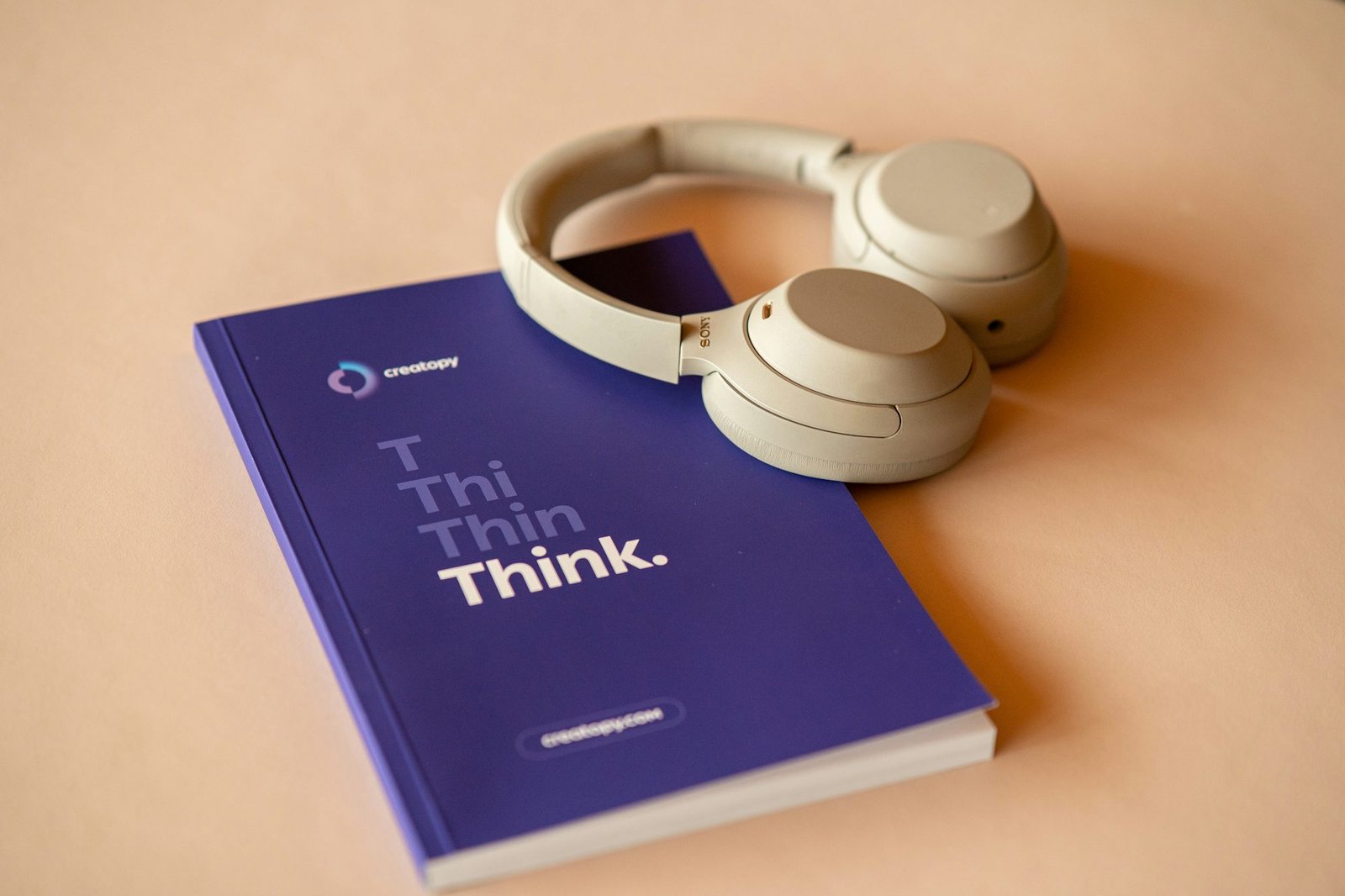Diversity is one of the defining characteristics of contemporary classrooms, and its importance in education cannot be overstated. As societies become more interconnected, students from various backgrounds bring unique perspectives, experiences, and talents into the learning environment. Embracing this diversity not only enriches the educational experience but also prepares students to thrive in a global society. One of the most significant benefits of diversity in the classroom is the enhancement of critical thinking skills. When students are exposed to a variety of viewpoints, they are encouraged to think critically about their own beliefs and assumptions. This exposure fosters open-mindedness and Adult education encourages students to engage in thoughtful discussions about complex issues. For instance, in a multicultural classroom, students might engage in debates on global topics, allowing them to see issues from different angles and develop more nuanced perspectives. Furthermore, diverse classrooms promote empathy and cultural awareness. As students learn about each other's backgrounds, traditions, and values, they develop a greater understanding and appreciation for different cultures. This awareness helps to break down stereotypes and prejudices, fostering a more inclusive and harmonious learning environment. By participating in activities that celebrate cultural diversity—such as sharing stories, music, or food—students learn to value their differences and see the common humanity that connects them. To effectively embrace diversity, educators must implement inclusive teaching strategies. One such approach is differentiated instruction, which tailors lessons to meet the varied needs of students. By recognizing Digital learning that each student learns differently, teachers can design activities that allow for multiple entry points, ensuring that all students can engage with the material meaningfully. For example, a teacher might offer various options for a project, such as creating a visual presentation, writing a report, or developing a performance, allowing students to choose the format that best suits their strengths. Collaborative learning is another powerful strategy for fostering diversity in the classroom. Group work encourages students to collaborate with peers from different backgrounds, promoting teamwork and communication skills. When students work together on projects or problem-solving tasks, they learn to appreciate each other’s contributions and perspectives. This collaborative approach not only enhances learning but also builds a sense of community within the classroom. Creating an inclusive curriculum is also essential for embracing diversity. Educators should strive to incorporate diverse voices and perspectives into their teaching materials. This can be achieved by including literature, history, and case studies from various cultures and backgrounds. By providing students with a broad range of resources, teachers can help them understand the complexities of different societies and the contributions of diverse individuals throughout history. Moreover, involving families and communities in the educational process can strengthen the connection between school and home. Educators can invite parents and community members to share their experiences and cultural practices in the classroom, fostering Education a deeper understanding of diversity. This partnership not only enriches students' learning experiences but also builds a sense of belonging for families from various backgrounds. It is also vital to create a classroom environment where all students feel valued and respected. Establishing ground rules for respectful communication can help create a safe space for sharing ideas and opinions. Teachers can model inclusive language and behaviors, setting the tone for a positive classroom culture. Additionally, celebrating cultural events and holidays can help students feel proud of their heritage while fostering a sense of community among classmates. Assessment practices should also reflect an understanding of diversity. Educators can utilize a variety of assessment methods that allow students to demonstrate their understanding in different ways. For instance, some students may excel E-learning in verbal presentations, while others may prefer written assignments or artistic projects. By offering multiple assessment options, teachers can ensure that all students have the opportunity to showcase their strengths and learning achievements. Embracing diversity in the classroom is not without its challenges. Teachers may encounter biases, misconceptions, or resistance from students or parents. To address these issues, ongoing professional development and training on cultural competence are essential. Educators should seek opportunities to learn about diversity, equity, and inclusion, enabling them to create effective strategies for navigating potential challenges. In conclusion, embracing diversity in the classroom is crucial for fostering a rich and inclusive learning environment. The benefits of diverse perspectives, experiences, and backgrounds extend beyond the classroom walls, preparing students for a global society. By implementing inclusive teaching strategies, creating a culturally responsive curriculum, and fostering respectful communication, educators can cultivate an environment where all students feel valued and empowered. As we move forward in an increasingly interconnected world, it is our responsibility to embrace and celebrate the diversity that enriches our educational experiences.
Liam Thompson
12-01-2024
